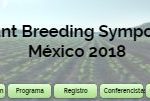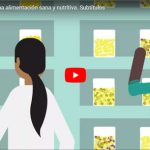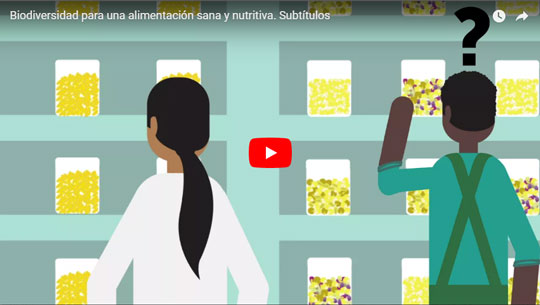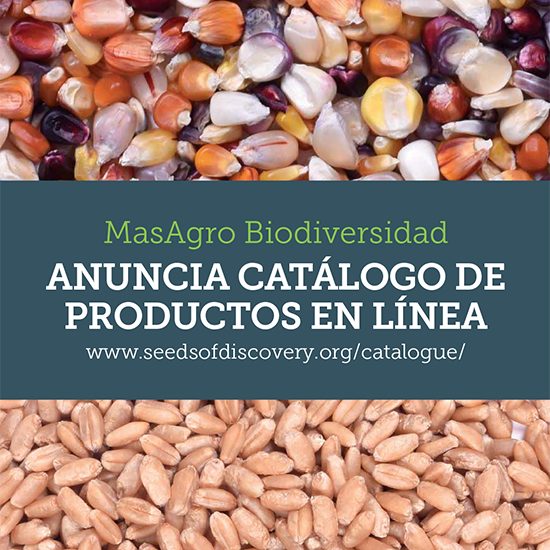Scientists point to potential genetic treasures in Mexico’s Creole wheats
By Mike Listman

Sukhwinder Singh at a field of Punjab Agricultural University, India, with Mexican wheat landrace evaluation trial (foreground) and wheat lines derived from the landraces (background). Photo: Mike Listman
For the first time ever, a research team from China, India, Mexico, Uruguay, and the USA has genetically characterized a collection of 8,400 centuries-old Mexican wheat landraces adapted to varied and sometimes extreme conditions, offering a treasure trove of potential genes to combat wheat’s climate-vulnerability.
Reported today in Nature Scientific Reports and led by scientists from the Seeds of Discovery project (SeeD) at the Mexico-based International Maize and Wheat Improvement Center (CIMMYT), the study details critical genetic information about Mexican landraces for use in breeding to boost global wheat productivity.
This is essential, given the well-documented climate effects that imperil key wheat-growing areas, according to scientist Sukhwinder-Singh, SeeD wheat researcher at CIMMYT and corresponding author for the study.
“The landraces, known as Creole wheats, were brought to Mexico as early as the 16th Century,” said Sukhwinder-Singh, who also credited the study to MasAgro, a long-term rural development project between Mexico’s Ministry of agriculture and rural development (SADER) and CIMMYT. “Wheat is not native to Mexico, but this gave the Creoles time to toughen in zones where late-season temperatures can hit highs of 40 degrees Centigrade (104 degrees Fahrenheit).”
Heat can wreak havoc with wheat’s ability to produce plump, well-filled grains. Research has shown that wheat yields plummet 6 percent for each 1-degree-Centigrade rise in temperature, and that warming is already holding back yield gains in wheat-growing mega-regions such as South Asia, home to more than 300 million undernourished people and whose inhabitants consume over 100 million tons of wheat each year.
“Typically, massive seed collections constitute ‘black boxes’ that scientists have long believed to harbor useful diversity but whose treasures have remained scarcely utilized, mostly because we have limited information about them,” explains Prashant Vikram, CIMMYT scientist and first author of the report. “New technologies are helping us to shine a light in the dark corners. As part of MasAgro’s ‘Seeds of Discovery Component,’ the team used the latest genotyping-by-sequencing technology and created unique sets of the landrace collections that together capture nearly 90 percent of the rare gene variants, known as ‘alleles.’”














